In this blog, we’ll explore the detailed guide on Microsoft Azure Penetration Testing. We’ll shed light on all about penetration testing, its procedure, the risks discovered, and how to mitigate it. We’ll also discuss why pen testing Azure is beneficial for business. So, let’s get started.
As enterprises embrace the revolutionary promise of cloud computing, maintaining adequate security measures becomes increasingly important. Microsoft Azure, one of the top cloud platforms, provides a diverse set of services and solutions to organizations across the world.
However, with tremendous power comes great responsibility, and validating the security posture of Azure deployments becomes critical. Around 69% of firms reported data breaches or exposures as a result of multi-cloud security arrangements.
The largest cloud security concern for 82% of firms is controlling cloud expenses, while 79% see security as their top challenge. Furthermore, according to IBM, the average overall cost of a data breach is $4.35 million.
According to the survey, 82% of data breaches contained human-related components such as social assaults, blunders, and misuse. Startups accounted for 89% of the organizations most impacted by cloud security events.
These statistics confirm that Azure cloud penetration testing has become a need. But, do you know how to do it correctly? Don’t worry, we’re here to help! Let’s start from the basics, and then go to the complex parts of pentesting.
Understanding the Basics of Azure
What is Azure?
Azure is a Microsoft cloud computing platform and service that offers a full suite of integrated services. This is used for developing, deploying, and managing applications and infrastructure via Microsoft’s global network of data centers.
Azure, as a leading cloud solution, offers a diverse set of programming languages, operating systems, databases, and devices, allowing customers to construct scalable and adaptable solutions suited to their requirements. Azure enables enterprises to innovate, improve productivity, and expand their operations in the digital world by providing services such as virtual machines, databases, AI and machine learning, and rigorous security measures.
But, Is it Secure in this Digital Era?
Microsoft Azure has a growing client base and a high level of security. However, security is never a finished product, but rather a work in progress. With ever-changing cybersecurity situations and fresh threats, rigorous Azure penetration testing is vital to ensure the security of your cloud infrastructure and cloud-based applications.
Pen testing Azure platforms can be difficult since it may violate Microsoft’s security regulations. As a result of this course, you will be able to appropriately traverse Microsoft’s security settings and execute pentests on your Azure application. We’ll learn about this in the following sections of our blog.
Now, you might be wondering if your platform is secure or not, right? Don’t worry, we have expert consultants who will guide you through Azure security testing, its importance, and a checklist that will cost you ZERO.
Talk to our Cybersecurity Expert to discuss your specific needs and how we can help your business.
What is Azure Penetration Testing?
The practice of analyzing the security of Azure-based applications and infrastructure by simulating real-world threats is referred to as Azure cloud penetration testing. It entails a trained security expert seeking to detect vulnerabilities, misconfigurations, and flaws in Azure settings.
The purpose is to identify possible security vulnerabilities and make suggestions to improve the overall security posture of Azure-based apps. This testing assists enterprises in ensuring the security, integrity, and availability of their data and applications on Azure.
Is Penetration Testing Beneficial for Platforms like Microsoft Azure?
Even though the cloud provides an effective, scalable solution to enable access to corporate data, many firms have established Azure security blind spots. Misconfigurations are perhaps the most serious and widespread hazard to cloud services.
This might be due to a lack of security policies, a lack of control, or access being left open on purpose for convenience. Misconfigured cloud servers, unfortunately, can result in breaches, data theft, compliance violations, lost income, and other negative effects.
This has become such an issue that research estimates that discovering and addressing misconfigurations might prevent two-thirds of cloud assaults. Despite the fact that 80% of cybersecurity experts are concerned about misconfigurations, fewer than half (46%) of respondents in the 2023 report run penetration tests that would readily detect them.
Azure cloud pentesting is a critical security strategy for companies that use the public cloud. Here are some of the benefits of cloud pentesting:
Protects Sensitive Data:
Cloud penetration testing helps repair flaws in your cloud infrastructure, keeping your sensitive data safe and secure. This decreases the chance of a huge data breach, which may damage your company and its consumers, as well as have reputational and legal ramifications.
Identify Vulnerabilities:
Penetration testing aids in the identification of vulnerabilities and flaws in cloud infrastructure, apps, and services. By identifying these vulnerabilities, organizations may take proactive actions to resolve them before criminal actors attack them.
Obtain Security Compliance:
Many data privacy and security laws impose severe controls or rules on enterprises. Cloud penetration testing may reassure your company that it is taking necessary steps to improve and maintain the security of its IT systems and cloud environment.
Mitigates Risks in Advance:
Penetration testing enables businesses to discover and minimize problems before they are exploited. Organizations reduce the incidence and impact of security events by getting ahead of potential attacks and resolving vulnerabilities as soon as possible.
Improves Security Posture:
Cloud penetration testing on a regular basis helps organizations boost their security posture by detecting and closing security weaknesses. It enables them to tailor security controls, settings, and policies to their cloud environment, lowering the risk of security incidents and data breaches.
Related: Learn the purpose of Penetration Testing in Detail
What are the Risks Found While Azure Pentesting and How to Mitigate them?
Azure Cloud is a powerful platform for hosting and managing apps and data, but it’s critical to be mindful of the security dangers it may provide. You may improve the security of your Azure environment and preserve your precious assets by applying these preventative steps.
Insecure Authentication and Access Controls
Unauthorized access to sensitive data and resources might occur as a result of weak authentication systems or incorrectly set access restrictions.
How to Mitigate:
Implement strong authentication mechanisms such as multi-factor authentication (MFA), enforce strong password restrictions, review and update access control lists (ACLs) on a regular basis, and use Azure Active Directory (Azure AD) to efficiently manage user access and roles.
Breach of Information
It can arise as a result of application vulnerabilities or storage container misconfigurations, resulting in unauthorized access or data leakage.
How to Mitigate:
Encrypt sensitive data at rest and in transit, adopt secure coding techniques, patch and update programs on a regular basis, utilize Azure Key Vault for secure key management and use Azure Security Center for continuous monitoring and threat detection.
Storage Security Misconfiguration
Incorrect or incorrect storage containers or access authorization settings might expose data or allow unwanted changes.
How to Mitigate:
Enforce robust access restrictions on storage containers, audit access rights on a regular basis, utilize the Azure Storage soft delete function, enable logging and monitoring, and restrict public access to storage containers.
Insecure APIs
Attackers may target poorly protected or poorly developed APIs in order to obtain unauthorized access or execute API abuse.
How to Mitigate:
When designing APIs, employ safe coding principles, robust authentication and authorization methods, Azure API administration for centralized API administration and security, and rate restriction and request validation.
Theft of Identity and Credentials
Attackers can gain unauthorized access to Azure resources by using stolen or compromised user identities or credentials.
How to Mitigate:
Enforce strong password regulations, implement Azure AD Conditional Access policies, monitor and analyze user authentication logs, and leverage Azure AD Identity Protection for risk-based conditional access with Azure AD Privileged Identity Management (PIM).
How Do Professionals Conduct Azure Penetration Testing? A Step-By-Step Guide
The testing process includes different phases of Azure pen testing. Here are the following phases:
Information Gathering & Planning:
The intent is to obtain as much information as possible. To acquire essential information, the testers work with the client team. They delve extensively into the technical and functional complexity of the cloud application. A comprehensive Azure pentesting checklist is developed, including scope, methodology, and testing criteria. By addressing essential issues including authentication mechanisms, data processing, and input validation, this checklist will ensure a strong foundation.
Auto Tool Scan:
To find vulnerabilities on the application’s surface level, an automated and intrusive scan is performed utilizing Azure penetration testing tools. As a preventative precaution, the testers use this scan to proactively uncover and repair surface-level vulnerabilities in the staging environment. This approach provides complete inspection as well as fast rectification, hence increasing the security posture of the application.
Deep Manual Testing:
The cloud penetration testing services provider conducts a thorough examination of the cloud at this step. The purpose is to find flaws both inside and outside of the cloud platform. The exam comprises the following components:
- Data Encryption Testing
- Data Protection Testing
- Input Validation
- Cloud Infrastructure Testing
- Sensitive Information Finding
- VLANs
- SQL Injection
- Access Points
- Access Control Testing
Reporting
In a thorough report, the testing team meticulously examines and categorizes vulnerabilities discovered. A senior consultant also does a high-level penetration test and assesses the entire report. This report also assists developers in addressing the vulnerabilities discovered, providing data such as:
- Vulnerability Name
- Likelihood, Impact, and Severity
- Description
- Consequence
- Instances (URL/Place)
- Steps to Reproduce and Proof of Concept (POC)
- CWE No.
- References
We have posted our penetration test report here for a complete and comprehensive tour of the report.
Latest Penetration Testing Report

Remediation:
A testing business offers a consultation call to verify that the dev team does not encounter any problems throughout the mending process. Pen-testing experts advise direct engagement to aid developers in reacting to security problems. This technique ensures that the development team receives competent assistance, allowing for the seamless and speedy resolution of vulnerabilities.
Retesting:
Following the risk reduction by the development team, the important stage of retesting is completed during this phase. The testing team conducts a thorough evaluation to determine the effectiveness of the fixation supplied. The following are included in the final report:
- History of findings
- Condition of assessment
- Screenshots
LOA and Certification:
The testing business produces a Letter of Attestation that is backed up by evidence from penetration testing and security assessments, such as:
- Confirmation of security level
- Providing stakeholders with security
- Compliance
Furthermore, the testing firm will provide you with a Security Certificate, which will enhance your ability to represent a safe environment, promote confidence, and meet the needs of various stakeholders in today’s growing cybersecurity landscape.
Here’s the SEIZE: This Azure security testing certificate may be used publicly to reassure your customers or stakeholders that your Azure is safe!
Read more: Cloud Penetration Testing: A Comprehensive Guide
What are the Common Azure Penetration Testing Tools?
Among the various tools available to pen test Azure platforms, here are our top choices:
Nmap
Nmap, an open-source vulnerability scanner, is extremely useful for discovering, managing, and monitoring cloud networks. While designed especially for scanning massive cloud networks, it is also useful for scanning individual networks.
Features:
- Complete network scanning.
- Open ports and services are identified.
- OS and version detection are included.
- Interaction with the target that can be scripted.
- A wide range of operating systems are supported.
- Capability to efficiently and correctly scan vast networks.
Wireshark
Wireshark is a free and open-source network protocol analyzer that allows you to capture and analyze network data in real-time. It enables users to analyze packets, comprehend network activity, solve problems, and do security analysis.
Features:
- Capture and analysis of packets in many protocols.
- Network traffic is thoroughly examined.
- Different systems and protocols are supported.
- Filtering and search tools are quite powerful.
- Protocol support is extensive.
Nessus
Nessus is a cloud-based security and vulnerability assessment technology that helps enterprises uncover flaws in their security systems. This technology provides point-in-time analysis, allowing for more efficient and rapid detection and remediation operations.
Features:
- Cloud-based security and vulnerability evaluation, real-time warnings, and new vulnerability notifications.
- Highly customizable scans, PCI compliance support, and point-in-time analysis for rapid detection and remediation.
Leading Azure pentesting firms have developed in-house techniques that provide superior vulnerability detection services. They also perform extensive manual penetration testing to ensure that no bogus findings are produced. If you question these firms, they would tell you that they prefer human testing over automation since manual testing provides deeper insights and zero false positives for vulnerabilities.
Find out more about Azure Cloud Penetration Testing
Azure Cloud Penetration Testing Best Practices You Should Know
It is critical to follow industry best practices and adhere to ethical standards to enable a successful pen test in the Azure environment. Consider the following critical recommended practices:
- Seek Necessary Authorization: Before doing any pen testing activity, always seek formal permission from the organization or system owner. This will assist in preventing legal ramifications and guarantee a cooperative and honest evaluation.
- Describe the Scope and Objectives: To focus the evaluation on particular areas of concern, clearly describe the scope and objectives of the pen test. This will assist the pen testing team in managing expectations and give a clear path.
- Use a Variety of Testing Methodologies: To detect vulnerabilities and weaknesses in the Azure AD infrastructure, use a combination of automated and manual testing methodologies. This will assist in guaranteeing thorough coverage and optimize the pen test’s efficacy.
- Document Findings and Suggestions: Document all findings, including vulnerabilities, exploitation methodologies, and risk mitigation suggestions. This will be an invaluable resource for the firm as it strives to strengthen its security posture.
How is QualySec Your Helping Hand for Your Azure Pentesting Checklist?
Securing your Azure environment is critical, and Azure plays an important role in accomplishing that aim. You can properly examine the security of your Azure system by knowing the foundations of penetration testing on Azure platforms and exploiting the major security features of Azure.
QualySec Technologies is a firm with experienced security experts leading worldwide penetration testing services. Our security experts can assist you in identifying vulnerabilities and flaws in your systems and making recommendations to address them.
QualySec delivers specialized security solutions through process-based penetration testing. A one-of-a-kind procedure that uses a Hybrid cloud security testing methodology and a professional workforce with substantial testing skills to ensure apps comply with the industry’s finest standards.
Our pentesting services comprise a complete mix of automated vulnerability scanning and manual testing with in-house and commercial tools like Burp Suite and Netsparker. We actively support organizations in navigating challenging regulatory compliance environments such as GDPR, SOC2, ISO 27001, and HIPAA. We help developers resolve vulnerabilities by providing extensive and developer-friendly pentesting reports. This report comprises all of the insights, beginning with the location of the detected vulnerabilities and finishing with a reference on how to solve them, i.e., you obtain a thorough step-by-step report on how to remedy a vulnerability.
Through a network of 100+ partners, we’ve successfully secured 250+ apps and served 20+ countries while maintaining a zero-data-breach record. Contact QualySec right away for unrivaled digital security for your application and business.
Conclusion
Securing Azure entails making decisions in practically every element based on your needs. Azure penetration testing is useful not only for examining security standards but also for determining what works best for you.
A comprehensive pen test will assist you in understanding how to strengthen Azure security and keep your application safe. Manually, it may be difficult, and if correct standards are not followed, there may be consequences. We at QualySec, provide a comprehensive Azure pentesting checklist and solution that ensures all policies are followed and all areas of the Azure application are probed.
FAQs
What are the security risks of Azure Cloud?
The most talked about security risks in Azure Cloud are:
- Insecure authorization and access control
- Data Breach
- Storage Security Misconfiguration
- Insecure APIs
- Credential Theft
What is a common security risk associated with cloud services?
Loss of Data or Data Breach is a common risk associated with cloud services. It can arise as a result of application vulnerabilities or storage container misconfigurations, resulting in unauthorized access or data leakage.
What are the steps of cloud penetration testing?
There are commonly 5 steps involved in cloud pentesting: Information gathering & planning, auto tool scanning, deep manual pentesting, reporting, remediation & retesting. Furthermore, companies provide a LOA and Security Certificate to validate that the cloud is secure for everyone’s use.
What is penetration testing in Azure?
Azure cloud penetration testing is the technique of examining the security of Azure-based apps and infrastructure by simulating real-world attacks. A skilled security professional searches for vulnerabilities, misconfigurations, and faults in Azure settings.
What are the three types of Cloud penetration testing methods?
Black box testing, White box testing, and Gray box testing are the commonly used methodologies to pentest Azure cloud platforms. Leading testing companies have professional ethical hackers to carry out these methodologies with expert guidance and knowledge.









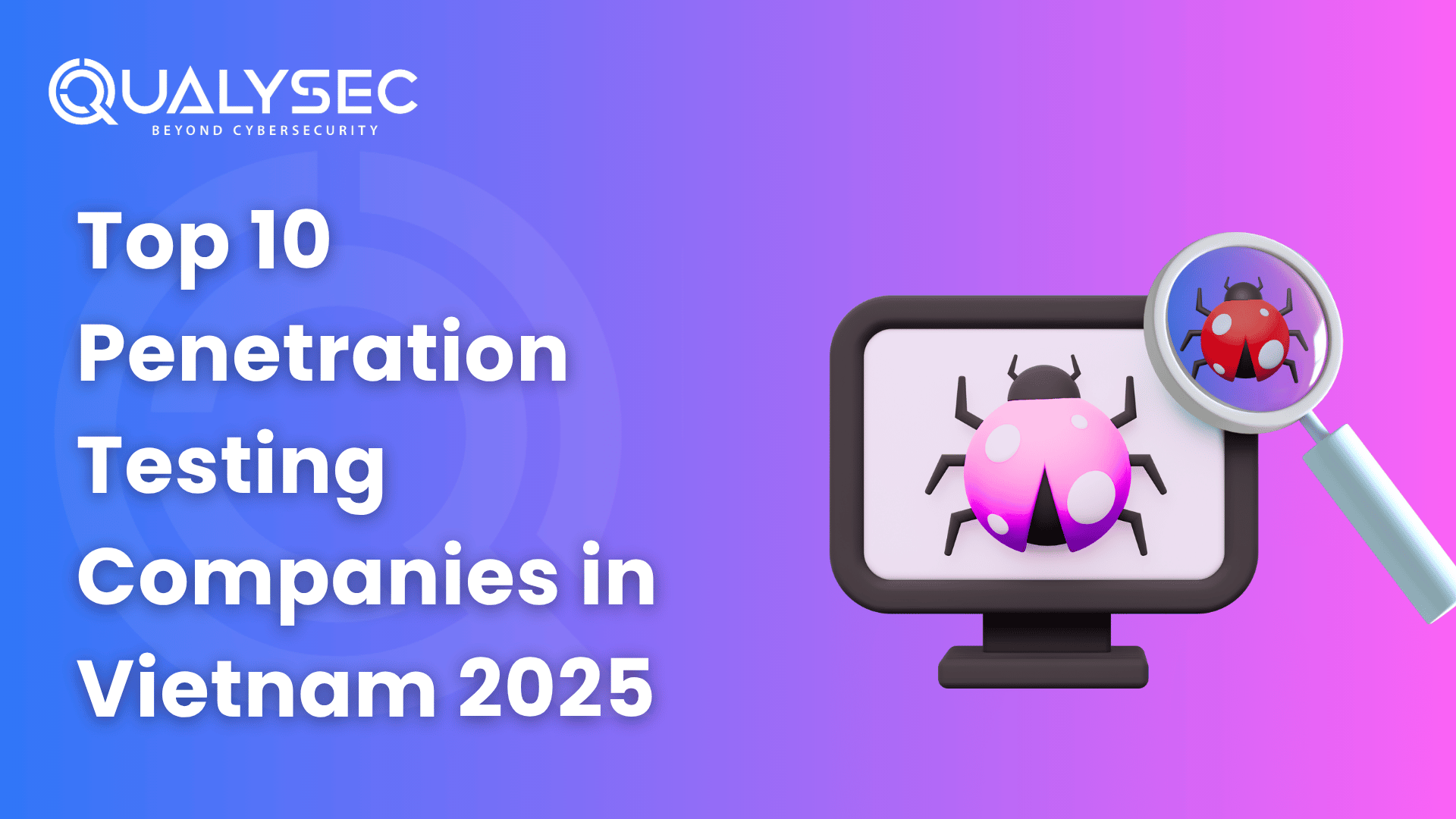

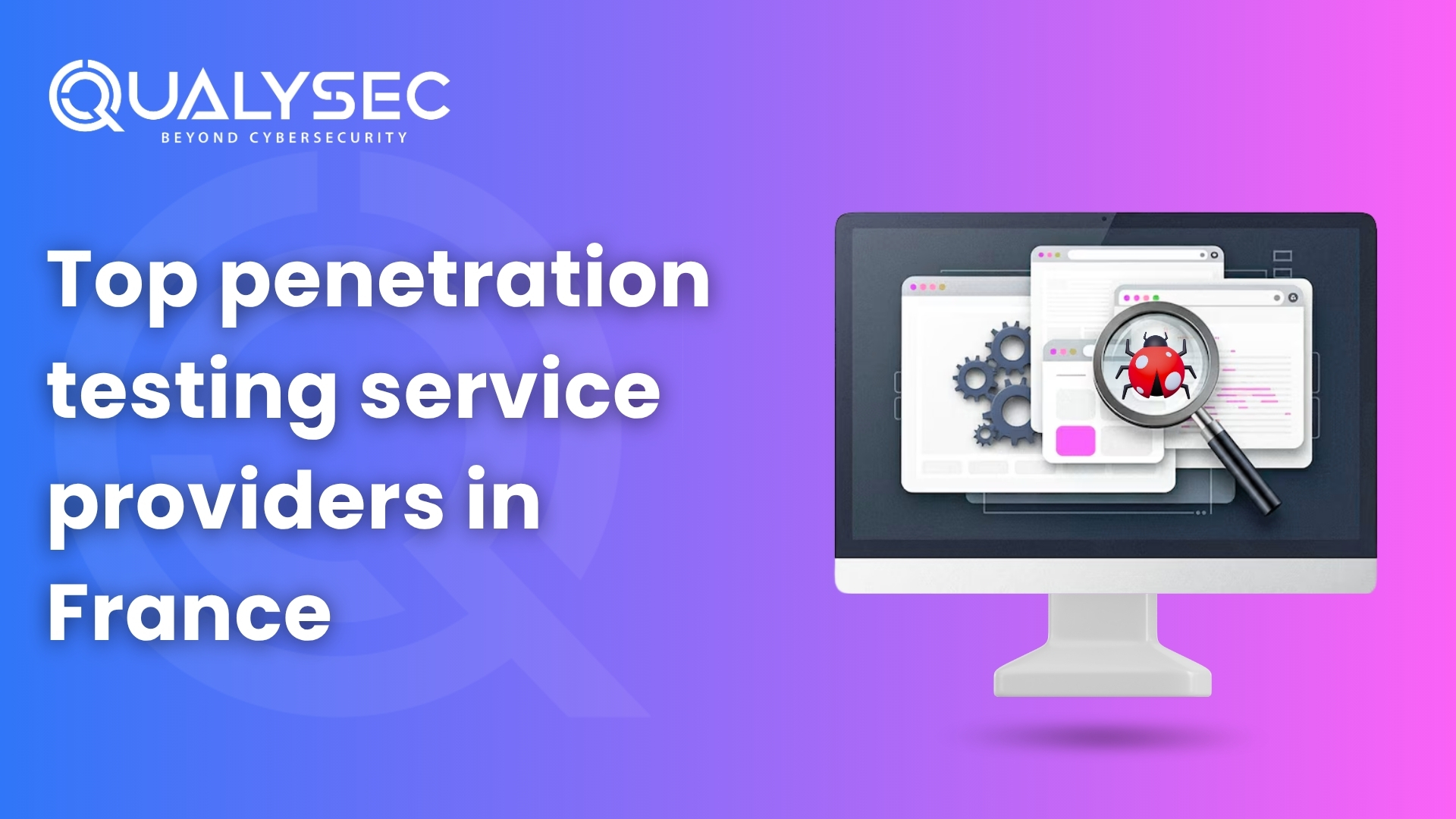



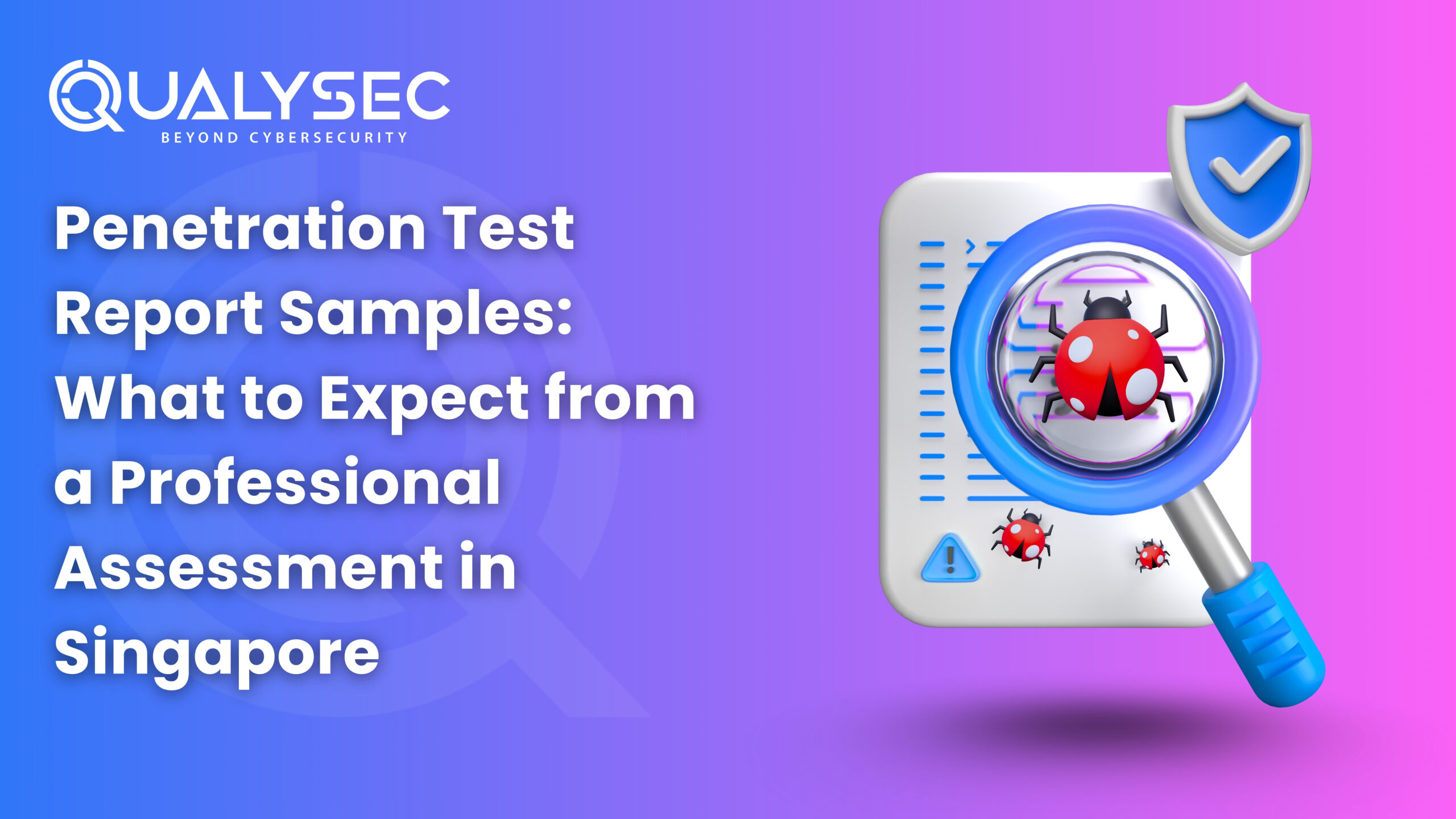
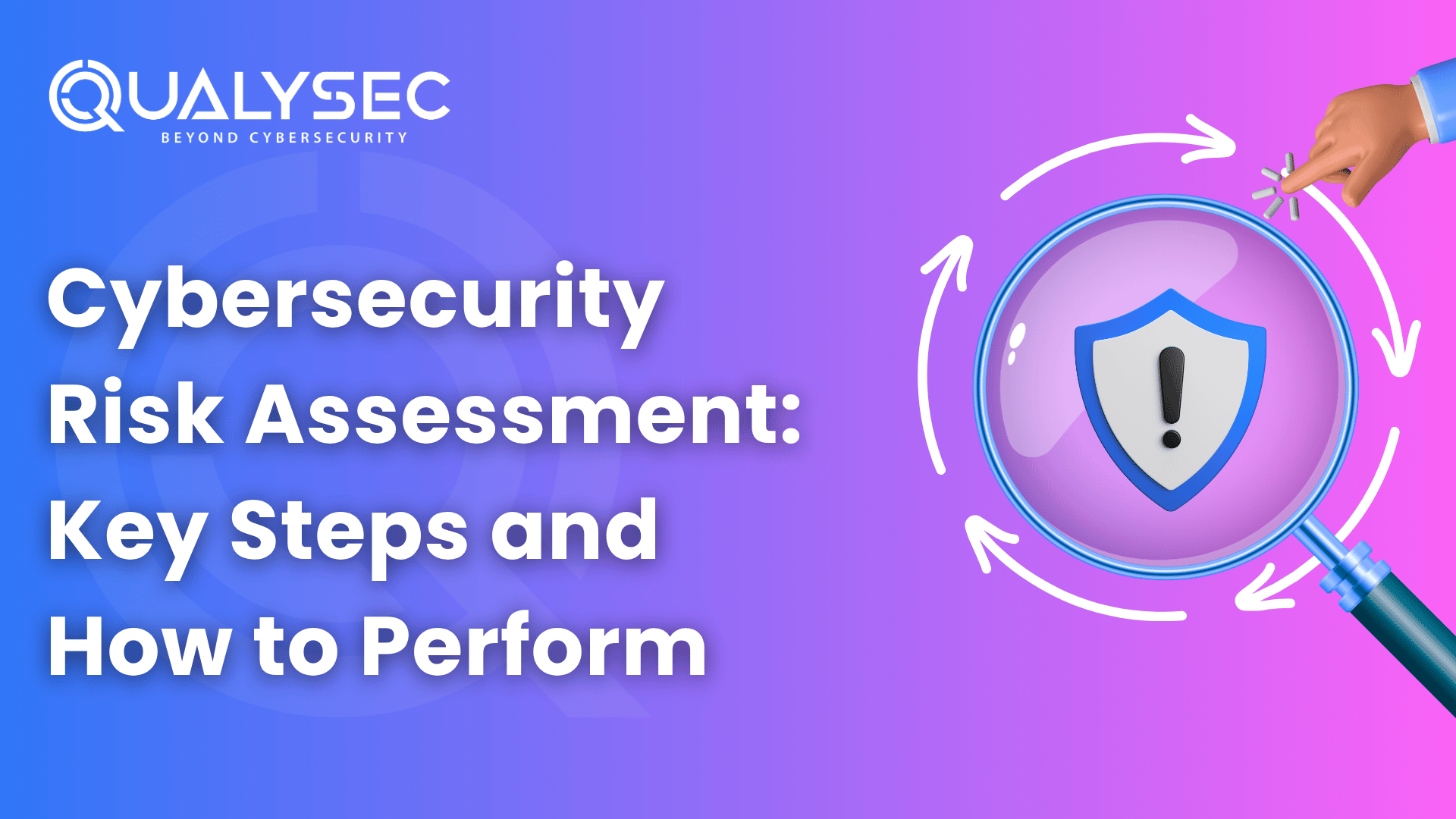
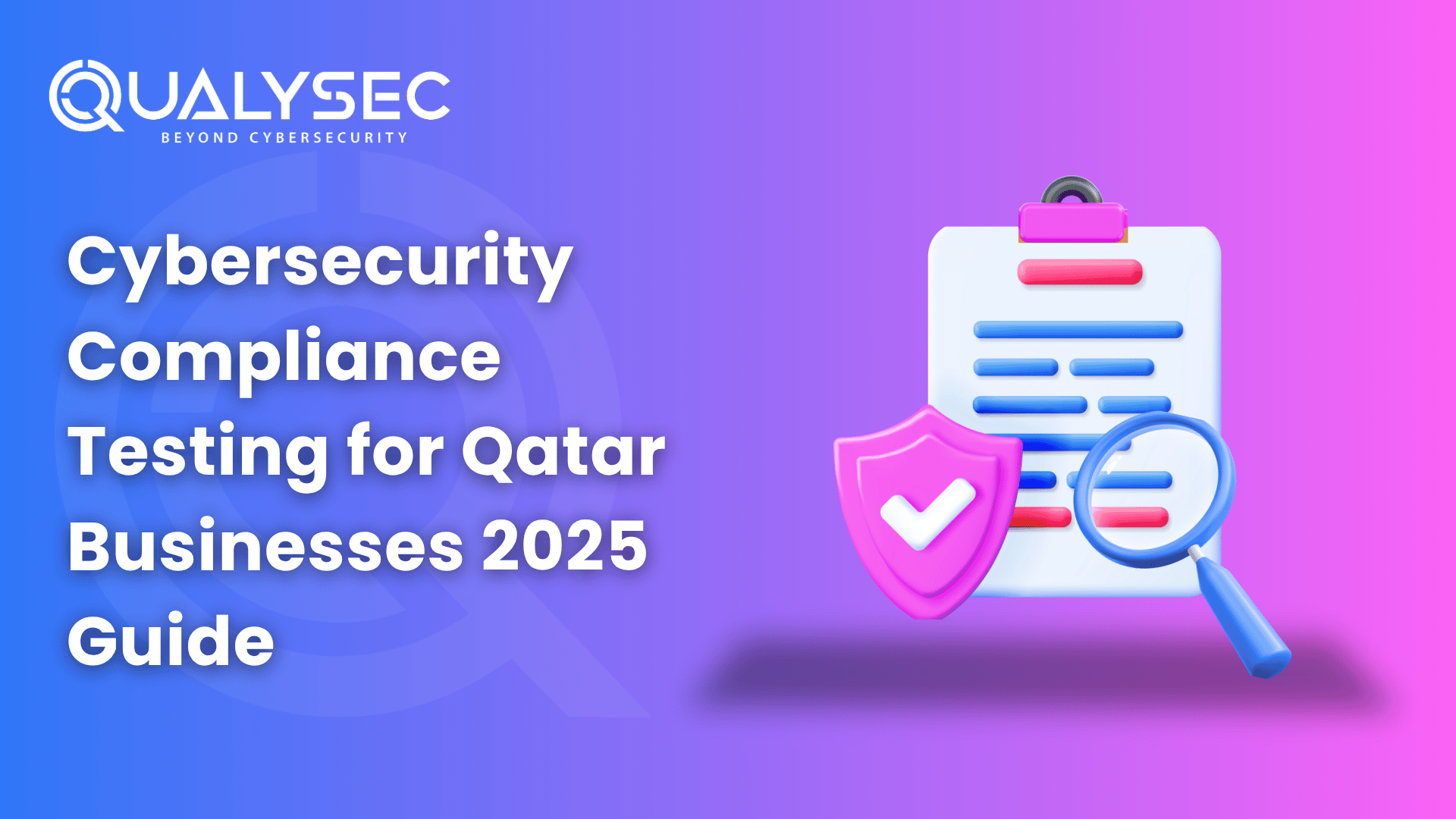


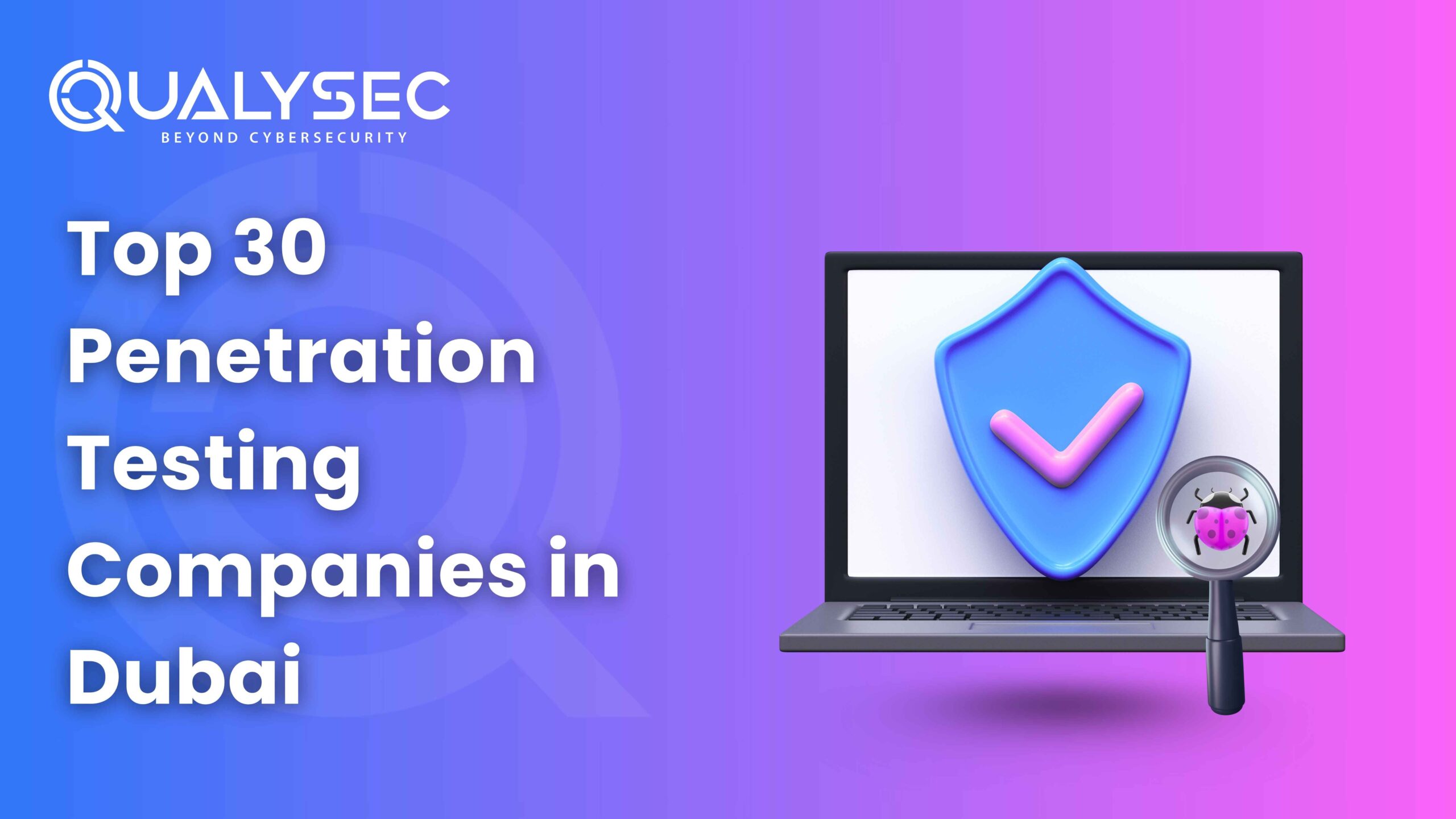

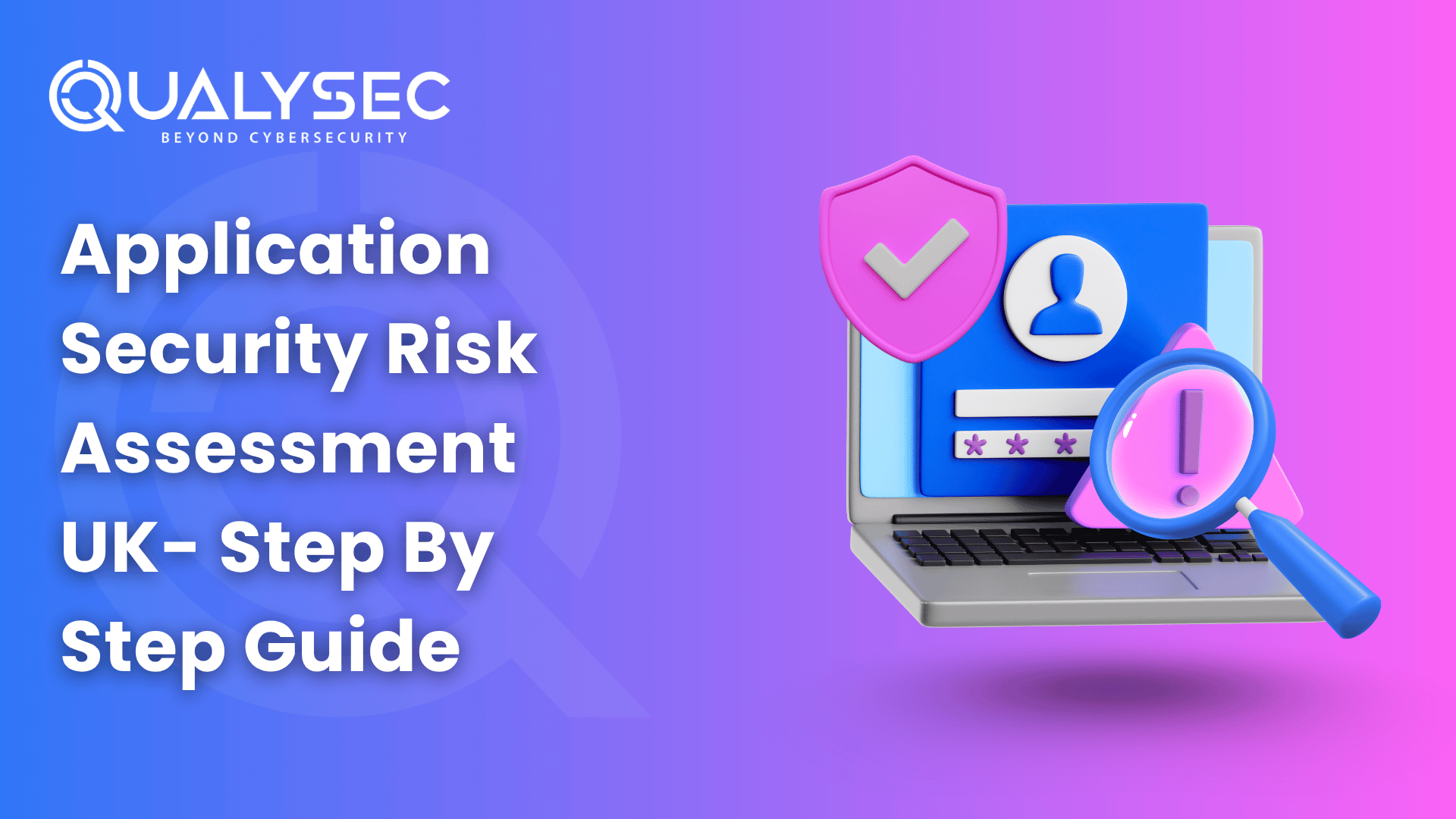

























































































































































































































































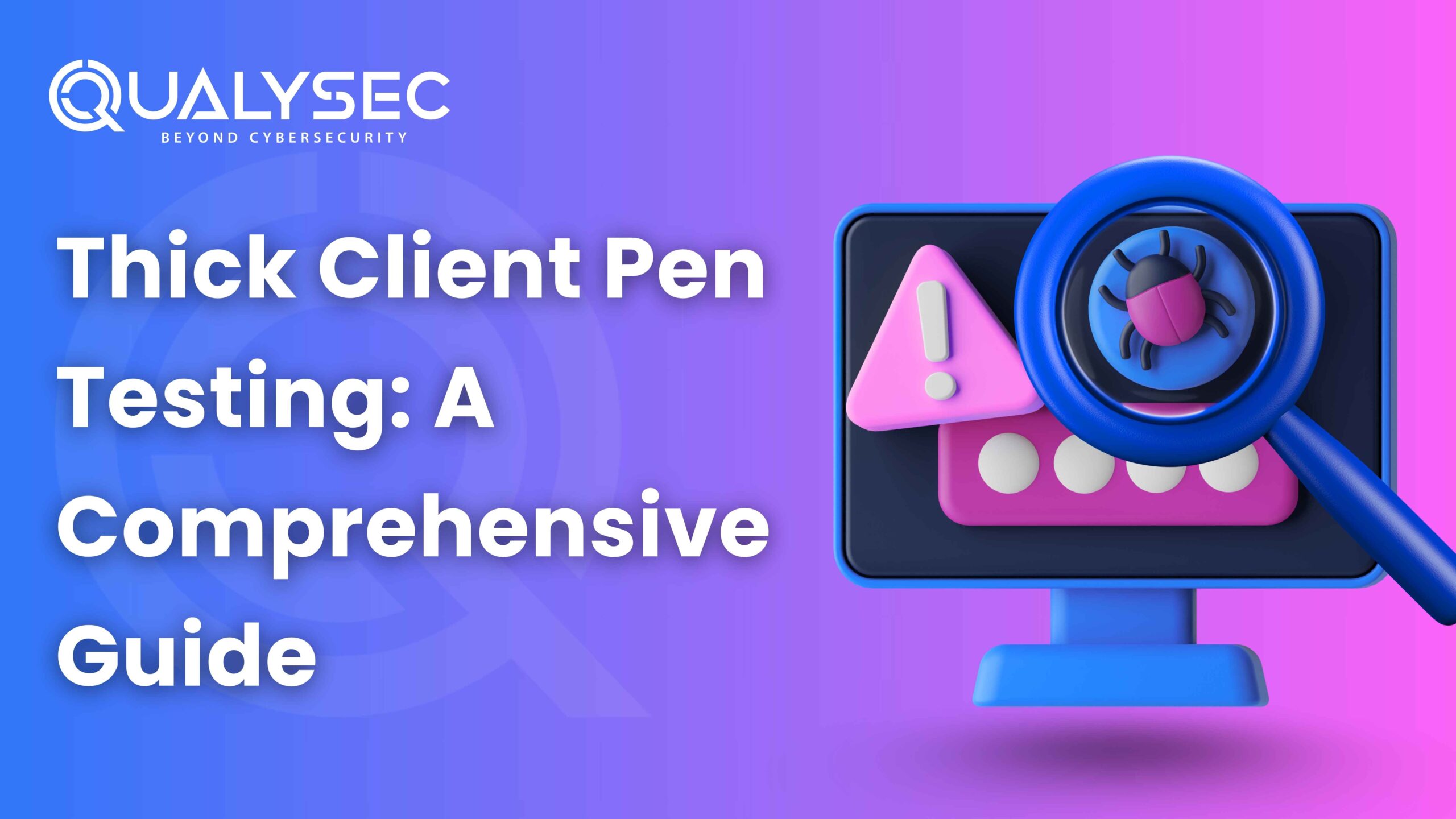

































































0 Comments